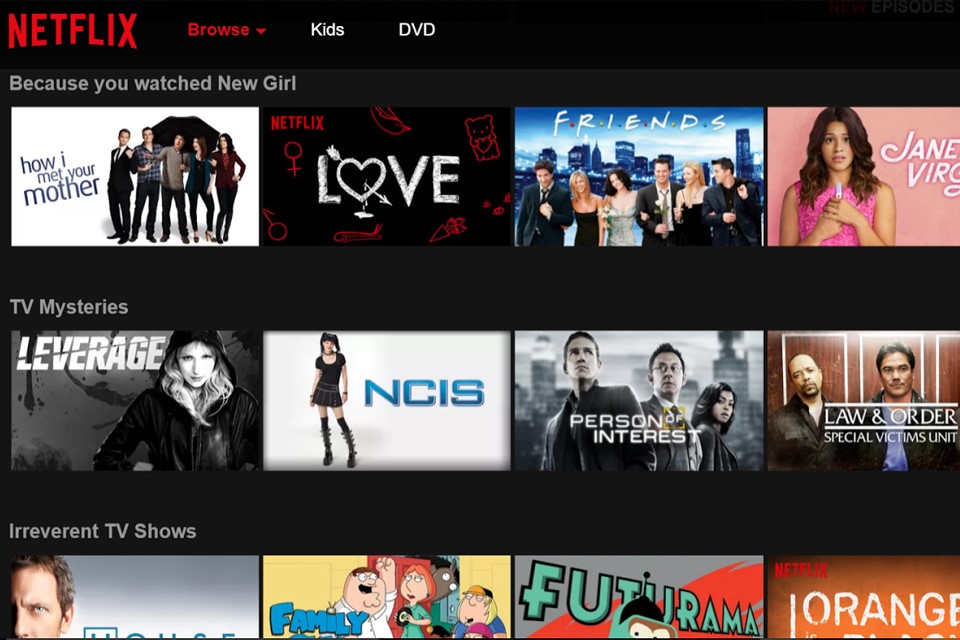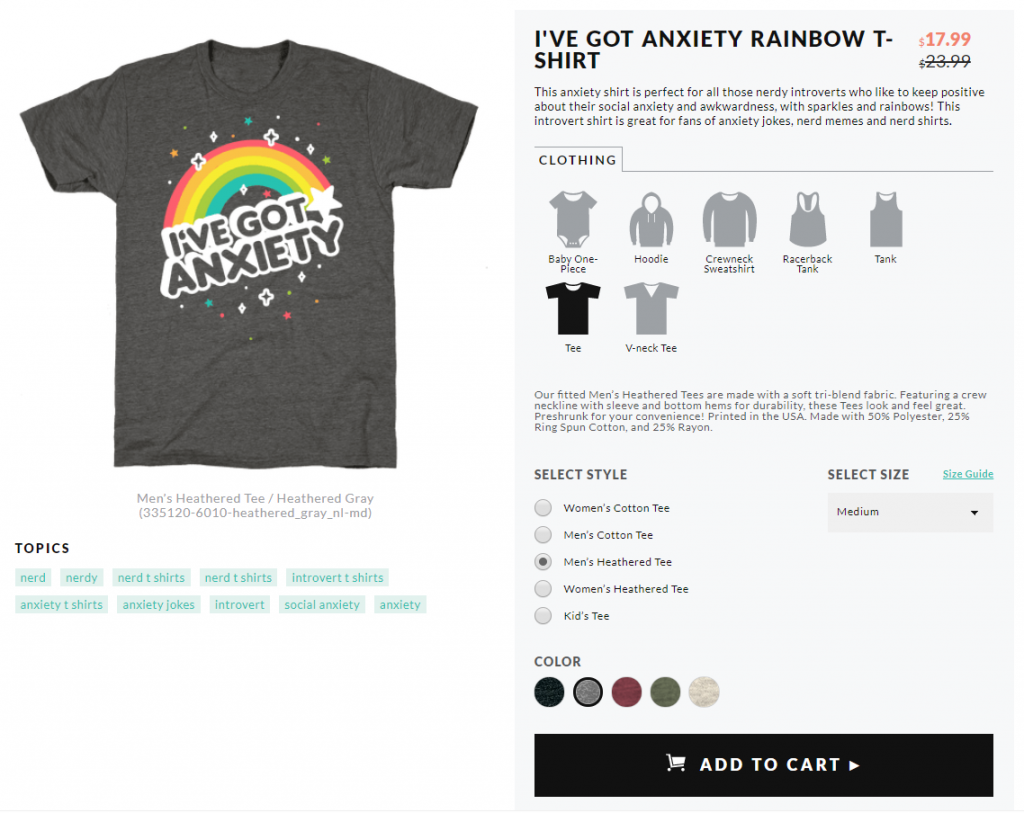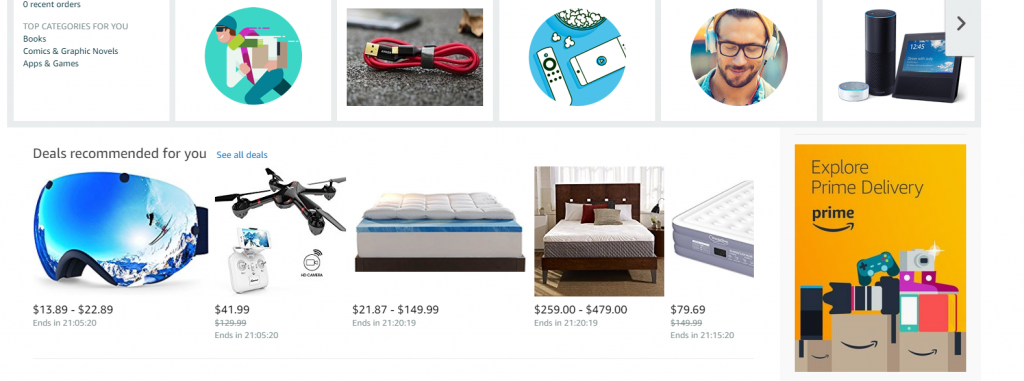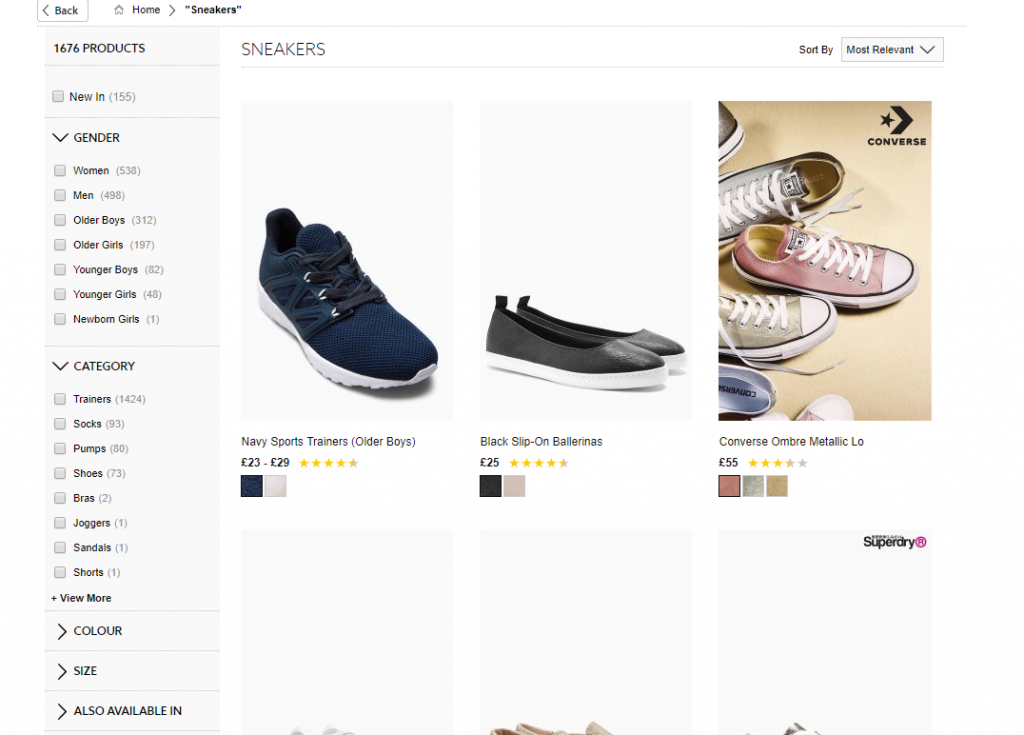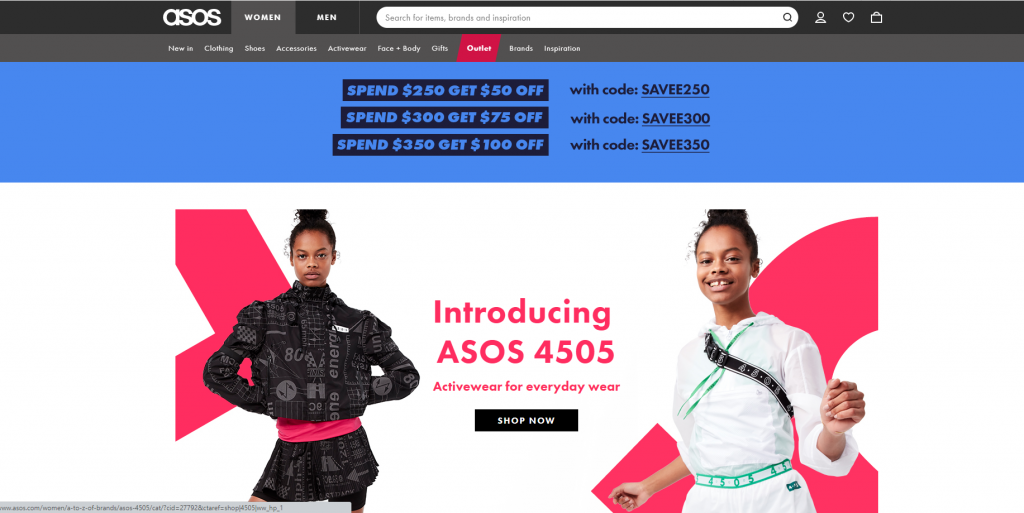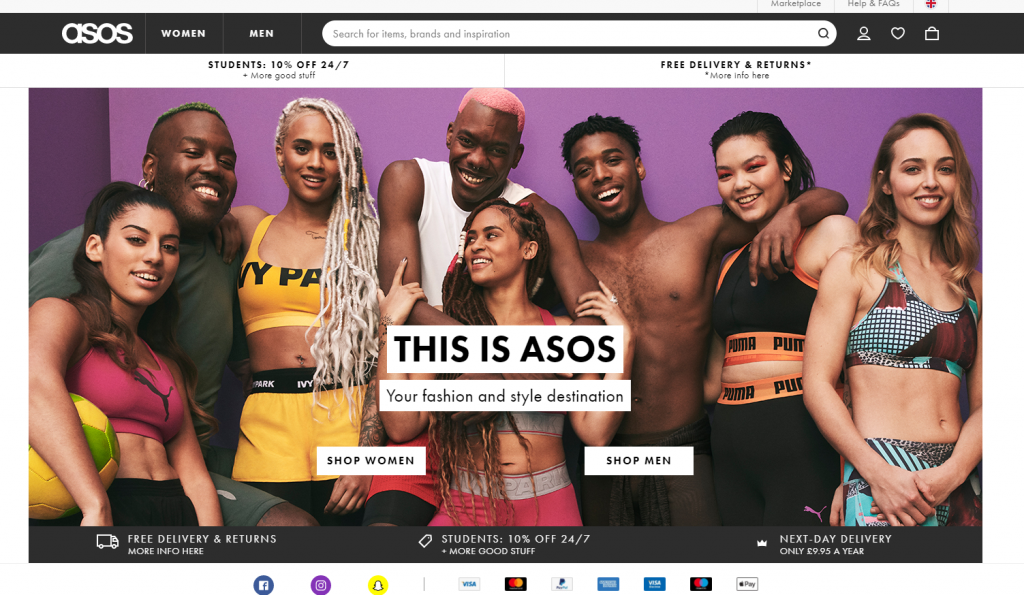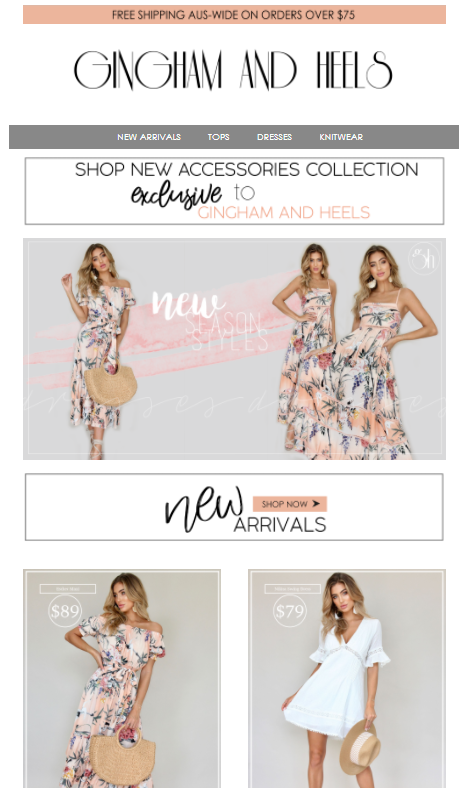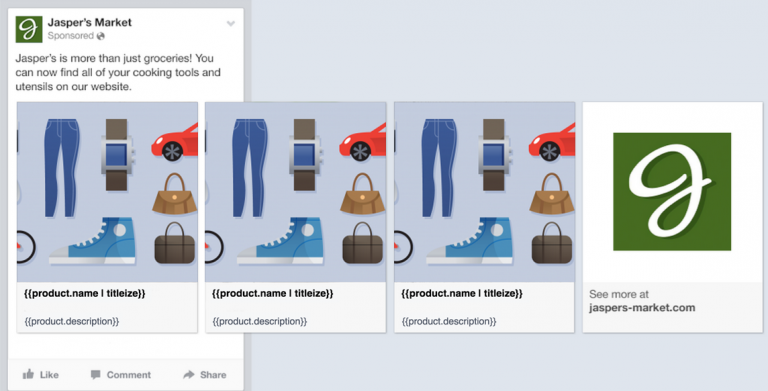One of the biggest eCommerce trends we will see this year is the shift to more personalization. When you look at the numbers, it’s hard to deny. Let’s look at the personalization stats:
- According to Accenture, 81% of consumers want brands to understand when to approach them and when not to.
- According to Infosys, the percentage of customers who feel frustrated when website content is not personalized is as high as 74%.
- According to Meketo, the percentage of customers who will only engage with offers that have been personalized based on previous shopping behavior is over 78%.
When you look at the success of Netflix – a brand build on personalization and which holds 55% of the US streaming market – doubling their streaming in dominance in the last six years, the message is key. Personalization growth is here to stay.
In a nutshell: eCommerce store owners should be aiming for a more personalized customer experience, more personalized customer service, more personalized marketing, and more personalized products, all with the goal of making eCommerce shopping more personal and buying decisions easier for the shoppers.
The key to eCommerce personalization is in the data. There are four main types of personalization data that you will want to consider.
- Personalization-Based Predictive Recommendations: Predictive intelligence is where recommendation engines predict the products that a customer wants based on the shopper’s previous behavior. These recommendations can be displayed in promotional emails, on your website and in your checkout pages.
- Personalization Based on Navigation Data: This data is collected from the shopper’s navigation of your store, what pages they visited and their purchase history. This data is then used to populate content on your site, personalizing the experience.
- Personalization Based on Database Segmentation: Data segmentation, or precision targeting, enables you to divide your database into small groups and thus tailor marketing and promotions to specific shoppers. Databases can be segmented on things like when last a customer shopped, an average spend, the types of products they bought, and where they are located.
- Personalization Based on Your Customer’s Wants: Finding out your customer’s wants is as simple as asking them. Surveys are a great tool for collecting data and finding out more about what your buyers want on a one-on-one basis. This info can be used to help your promotions.
So, how do you cash in on eCommerce personalization trends to bring in more revenue and build your loyal customer base? There are four main areas you can implement personalization to create a personal experience for your shoppers: your products, your website user experience, your customer service, and your marketing.
Let’s dig deeper!
1. Personalized Products
Product personalization is leading the personalization trends this year. An awesome example of this comes from one of my new favorite stores, Human.
By offering personalized products you are able to give shoppers more power to make their purchase personal – buying a product designed for them. Like the example above, this can be as simple as letting them choose their own type or color for each design you offer. This in turn ensures your product list and brand are always up-to-date – dynamically changing with the seasons or trends, stand out of the crowd, elicit brand loyalty, and provide a situation where buyers feel they are getting more than what they paid for.
So, how to start implementing custom products? With apps and plugins such as ShopStorm’s Product Customizer, you can offer personal products more easily than ever before.
2. Personalized Customer Experience
The next personalization trend segment to tackle is your store’s user experience: being able to provide a shopping experience suited to your online shopper. This can be as simple as showing product recommendations based on their buying history, or as advanced as offering different home page designs based on remarketing cookie data – all designed to make the customer feel recognized while making shopping more personal and therefore quicker and easier.
Here are the top ways you can make your website experience more personalized for your shoppers.
Personalized Product Category Recommendations
Have you ever gone onto Amazon and thought, How did they know I needed that! There is no better example of eCommerce user experience personalization than eCommerce giant Amazon. They have been using predictive recommendations for almost as long as their existence, proving just how effective this kind of personalization can be.
And they are not alone; Business Insider noted that offering personalized category recommendations can increase sales by 10%. These kind of recommendations can be in the form of ‘Best Sellers,’ ‘You Might Also Like,’ or ‘Recommended for You’ blocks on your home page or as an upsell tool in your product and checkout pages.
Personalized Product Search Results
When a shopper searchers your store for a product, instead of just populating your most popular sellers, you should be aiming to make those search results more personalized to that specific shopper. This will ensure shoppers find the products they will want to buy more quickly.
You can easily tailor search results with tools such as Product Filter & Search or Smart Search & Instant Search.
Personalized Site Navigation
By adjusting your eCommerce website navigation to your shoppers’ interests, you will make the whole shopping experience more personal from the get-go and thus increase your chance of conversions.
Look at what happens when I go to Asos.com, first from my personal browser and then from incognito mode, i.e., a browser without search history.
Personal browser:
Incognito Mode:
As you can see, the first homepage automatically takes me to the women’s section because based on my search history, it knows this is what I am most likely more interested in. They are able to do this through cookie remarketing.
Cookies, as I am sure you are aware, are text strings or small files that are collected and stored in your browser that can be accessed by other websites or servers. These cookies are used to help users log into websites more easily in the form of user authentication and track browsing history and habits which can be accessed by other websites. This provides online stores a way to provide a more personal shopping experience and with software, such and OptinMonster, you can easily set up remarketing cookie targeting on your site.
3. Personalized Customer Service
As an avid online shopper myself, I can tell you that there is nothing more frustrating than trying to get in touch with a brand’s customer service, being directed to an email, only to be met with an automated response. Especially when it tells me, “Your mail will be answered within 24 hours.” Providing automated mails with slow response is as impersonal as it gets!
In a world of real-time data, and on-demand voice shopping, slow impersonal customer service will make or break your business this year. The most effective way to personalize customer service is by adding live online chat to your store, enabling you to address concerns in real-time and therefore providing a more personal customer experience and a greater chance of a resulting sale.
With apps like popular Zendesk, compatible with most eCommerce platforms.
4. Personalized Marketing
The last and final move to eCommerce personalization is through your marketing. eCommerce marketing personalization will ensure the right message gets to the right shopper at the right time, thus increasing your revenue chances. Here are some top ways you can personalize your eCommerce marketing.
Create Dynamic AdWords Campaigns
By promoting campaigns based on what buying stage your potential shoppers are in and their interests, you can ensure you deliver the right message dynamically. One of the best tools online store marketers have is Google’s Dynamic Remarketing tool. This will enable you to create campaign ads based on products they have already viewed on your site, and create promotional ads accordingly.
There are two ways to personalize your AdWords campaigns: to manually set up Dynamic Ad Campaigns yourself, or use tools such as Traffic Booster that will dynamically run all your campaigns for you, including dynamic remarketing campaigns.
Bonus Content: You can learn all about Dynamic Search Ads in our Dynamic Search Ads (DSA) Guide.
Personalized Email
Segmenting your email lists and creating personalized email marketing campaigns is another effective way of making a more personalized eCommerce business. Say you are an online store selling clothing and apparel for both males and females and you’ve been sending one newsletter to all your shoppers with new arrivals for women only. What do you think the likelihood is of your male shoppers clicking ‘unsubscribe’?
Here’s how you can personalize your email campaigns in 3 steps.
Step 1: Select the right email platform to suit your segmentation needs.
Step 2: Segment your lists based on geographics, age, gender, average spend, potential or existing buying information, product interest, etc.
Step 3: Set up automation and/or create promotional emails best suited for the segmented market you are targeting.
With the right tools and data, you can use email to target customers based on specific products they have viewed on your store and send them specific product promotions.
Personalized Facebook Ads
Given interest targeting, we know that Facebook ads are more personalized in themselves. But you can refine or personalize your Facebook marketing even further by using a number of marketing tools they offer, the two most effective ad types being Facebook Dynamic Product ads and Facebook Messenger ads.
Facebook Dynamic Product ads allows online store owners to dynamically, and automatically, create highly relevant ads based on the ad viewer’s interest, past behavior and actions. You can learn everything you need to know about setting up Dynamic Product ads in our 3 Easy Steps to Setting Up Facebook Dynamic Product Ads post.
Facebook Messenger ads are a way of combining marketing and customer service to provide an overall marketing and buying experience for your potential and current shoppers. Making your brand hugely responsive, Facebook Messenger ads give you one-on-one contract opportunities with your potential shoppers, making the whole buying process more personal.
Bonus: Essential Basics to Selling with Facebook Messenger
—
Conclusion
Before you can decide which personalization tools or preferences to implement, you need to think about who your shopper is, what your shopper wants and how your shoppers have been behaving in your store. Put yourself in the mind of your potential shopper, and think about how you can make your brand’s buying experience more personal for them. Look at the stats and approach your shoppers through surveys.

Nicole is a content writer at StoreYa with over sixteen years experience and flair for storytelling. She runs on a healthy dose of caffeine and enthusiasm. When she's not researching the next content trend or creating informative small business content, she's an avid beachgoer, coffee shop junkie and hangs out on LinkedIn.
Recommended articles
 Facebook Ads for eCommerce: 16 Strategies, Examples & Tips
Facebook Ads for eCommerce: 16 Strategies, Examples & Tips
 How to Build a Winning eCommerce Ads Strategy
How to Build a Winning eCommerce Ads Strategy
 Google Ads for eCommerce: Everything You Need to Know
Google Ads for eCommerce: Everything You Need to Know
 10X Your Traffic with PPC Management Software
10X Your Traffic with PPC Management Software
Comments
Powered by Facebook Comments
